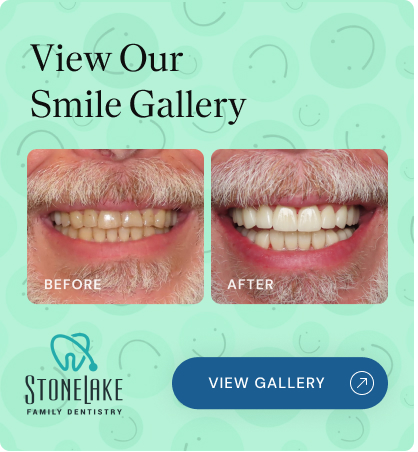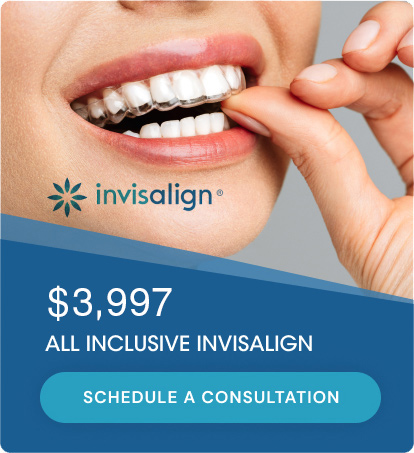Periodontal Therapy
Navigating Gum Health with Precision
Periodontal disease, commonly known as gum disease, stands as the most prevalent dental ailment among adults. A staggering 30% of the population grapples with gum disease, making it the leading cause of tooth loss in adults and often the precursor to denture cases. Though not curable, gum disease is controllable, demanding a focused strategy akin to managing chronic conditions like high blood pressure or diabetes.
Gum disease can stealthily advance in its early stages, often exhibiting few signs or symptoms. Patients diagnosed with this condition are frequently taken aback by the silent damage unfolding in their mouths. Imagine the gums and bone around your teeth as the foundation of your oral structure—a critical support system. Similar to a house, a robust foundation is vital, regardless of the exterior’s beauty. When the foundation weakens, the entire structure is at risk.
Regular dental exams, professional cleanings, and diligent at-home oral hygiene practices are imperative for the timely detection and strategic management of periodontitis.
Understanding the Causes:
Our mouths house millions of bacteria, both beneficial and harmful. These bacteria form a sticky substance called plaque on the teeth. Regular brushing and flossing aim to remove plaque before it solidifies into tartar, which serves as a breeding ground for more bacteria, releasing toxins into the gums.
The gums respond to this bacterial invasion with an inflammatory reaction under the direction of the immune system. Around the base of each tooth, a small collar of gum tissue creates a pocket—a warm, dark habitat ideal for deeper tartar and bacterial penetration. Early inflammation results in bleeding gums, known as gingivitis. Left untreated, this condition can evolve into a chronic infection, leading to bone deterioration and, in advanced cases, tooth loss.
More than 50% of the bone around your teeth can vanish before signs of looseness or pain manifest. Once lost, this bone doesn’t regenerate, making it imperative to control bacterial activity before it penetrates deeper into the gums. Untreated gum disease may result in abscesses and generalized tooth loss in advanced stages.
Diagnosis:
Objective clinical data aids in diagnosing and grading gum disease. The usual depth of the gum collar around each tooth is 2-3 millimeters, easily cleaned with floss or toothpicks. Dr. Pak or our hygiene team measures and charts multiple areas using a small device. If measurements exceed 3 millimeters with bleeding areas, the disease is present. Deeper readings indicate more advanced stages.
Dr. Pak also assesses the texture and shape of your gums, tooth movement, and examines the bone around your teeth using digital x-rays. A comprehensive evaluation provides a clear picture of your gum condition.
Treatment:
Once the severity of gum disease is determined, a personalized treatment plan is crafted. Mild cases may be controlled with one or two visits with our hygiene team, focusing on daily home care and a maintenance schedule.
For cases with measurable bone loss, a proactive approach to halt destruction is recommended. Deep cleaning, often performed over multiple visits, targets meticulous cleaning above and below the gum line. Polishing creates glassy tooth surfaces to repel stain and plaque. Dr. Pak may suggest additional strategies like medicated rinses, electric toothbrushes, or Waterpiks to enhance ongoing efforts. Remember, gum disease can be controlled but not cured; consistent daily efforts are crucial.
Maintenance Matters:
Home care is pivotal to arresting gum disease progression. Bacteria rapidly repopulate within hours of a cleaning, and plaque hardens within 24 hours if left undisturbed. Deeper gum pockets require diligent care to prevent bacterial penetration into the tooth foundation. A customized maintenance schedule with us, ranging from 2 to 4 visits a year based on disease severity and response to treatment, ensures Comprehensive care.
In cases where combined efforts fall short, referral to a periodontist, a specialist in gum conditions, may be suggested for further treatment.
Mouth-Body Connection:
Ongoing research underscores the connection between oral bacterial disease and systemic ailments. Studies link oral bacteria to conditions such as heart disease, stroke, arthritis, Alzheimer’s, and certain cancers. Bleeding gums create a direct pathway for toxic oral bacteria into the bloodstream, emphasizing the need for optimal oral health.
The two-way relationship between gum disease and conditions like diabetes highlights the importance of maintaining oral health for overall well-being. Your dedication to daily oral care is a vital step in this symbiotic journey toward a healthier, more vibrant life.
Emergency Care



